Search
Did you mean: Leo III?
Search Results
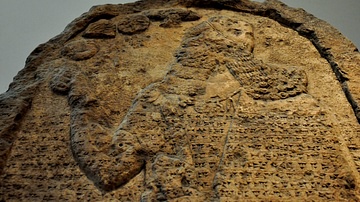
Image
Kurkh Stela of Shalmaneser III
This is a close-up view of the upper part of the stela, depicting Shalmaneser III praying in front of divine symbols (Ashur, Ishtar, Anu, and Sin). The cuneiform inscription is a text of a version of the King's annals and narrates his campaign...
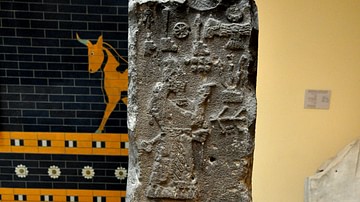
Image
Stela of the Assyrian King Adad Nirari III
Stela of Adad Nirari III, erected by one of the king's local governors, Nergal-Eres, found in Saba, Neo-Assyrian Empire, 810-783 BCE. The stela features the Assyrian King Adad Nirari III praying in front of god symbols, and the inscriptions...
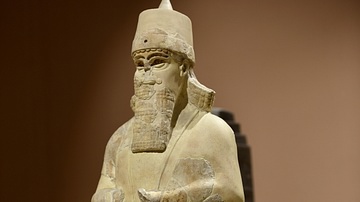
Image
Statue of Shalmaneser III from Nimrud
This statue represents Shalmaneser III (reigned 858-824 BCE) and was found by a peasant accidentally in the early spring of 1956. It was badly fragmented at the south-east corner of Nimrud city wall, at the foot of the acropolis. The statue's...
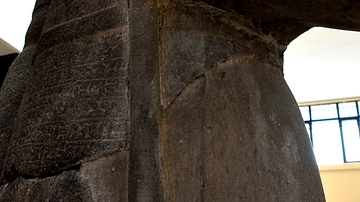
Image
Statue of Shalmaneser III, side view (left)
Statue of the Assyrian king Shalmaneser III, son of Ashurnasirpal II, grandson of Tikulti-Ninurta. The inscriptions on the statue give a brief account of the king's genealogical titles and characteristics. Basalt, from Assur, neo-Assyrian...
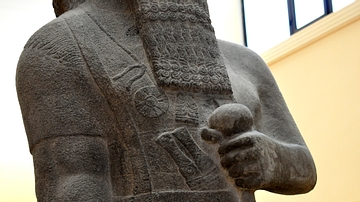
Image
A detail of Statue of Shalmaneser III
Statue of the Assyrian king Shalmaneser III, son of Ashurnasirpal II, grandson of Tikulti-Ninurta. The inscriptions on the statue give a brief account of the king's genealogical titles and characteristics. Basalt, from Assur, neo-Assyrian...
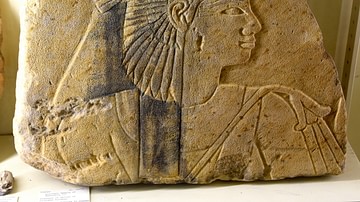
Image
Egyptian Relief of Princess Sitamun, daughter of Amenhotp III
This is a sandstone block fragment which was brought from the temple of Egyptian king Amenhotep II. The temple lies on the west bank of the Nile river at Thebes. There is a raised relief, depicting the head of Princess Sitamun, daughter of...
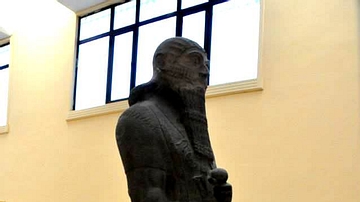
Image
Statue of Shalmaneser III
Statue of the Assyrian king Shalmaneser III, son of Ashurnasirpal II, grandson of Tikulti-Ninurta. The inscriptions on the statue give a brief account of the king's genealogical titles and characteristics. Basalt, from Assur, neo-Assyrian...
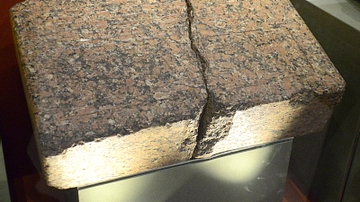
Image
Red Granite Offering Table of King Senusret III
Offerings were placed upon a reed mat, reproduced in stone as the offering tables of the Dynastic periods. On this royal example, the hieroglyph hetep "offering" is written on the surface. The sign comprises a bound reed mat with a domed...

Definition
Sea Peoples
The Sea Peoples were a confederacy of naval raiders who harried the coastal towns and cities of the Mediterranean region between c. 1276-1178 BCE, concentrating their efforts especially on Egypt. They are considered one of the major contributing...

Article
Queen Hatshepsut: Daughter of Amun, Pharaoh of Egypt
Hatshepsut, whose name means "Foremost of Noble Women" or "First Among Noble Women" (royal name, Ma'at-ka-re, translated as "spirit of harmony and truth") was the fifth ruler of the 18th Dynasty (r. 1479-1458 BCE). She was the daughter of...